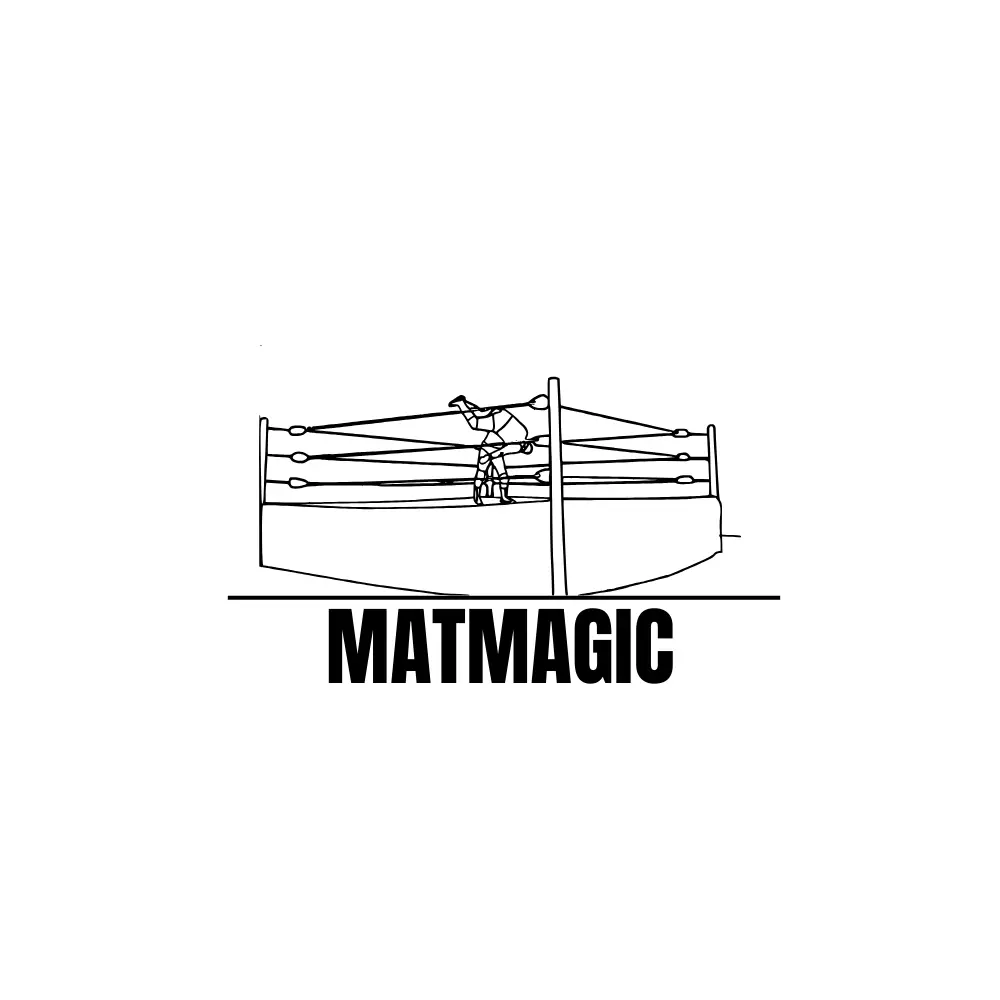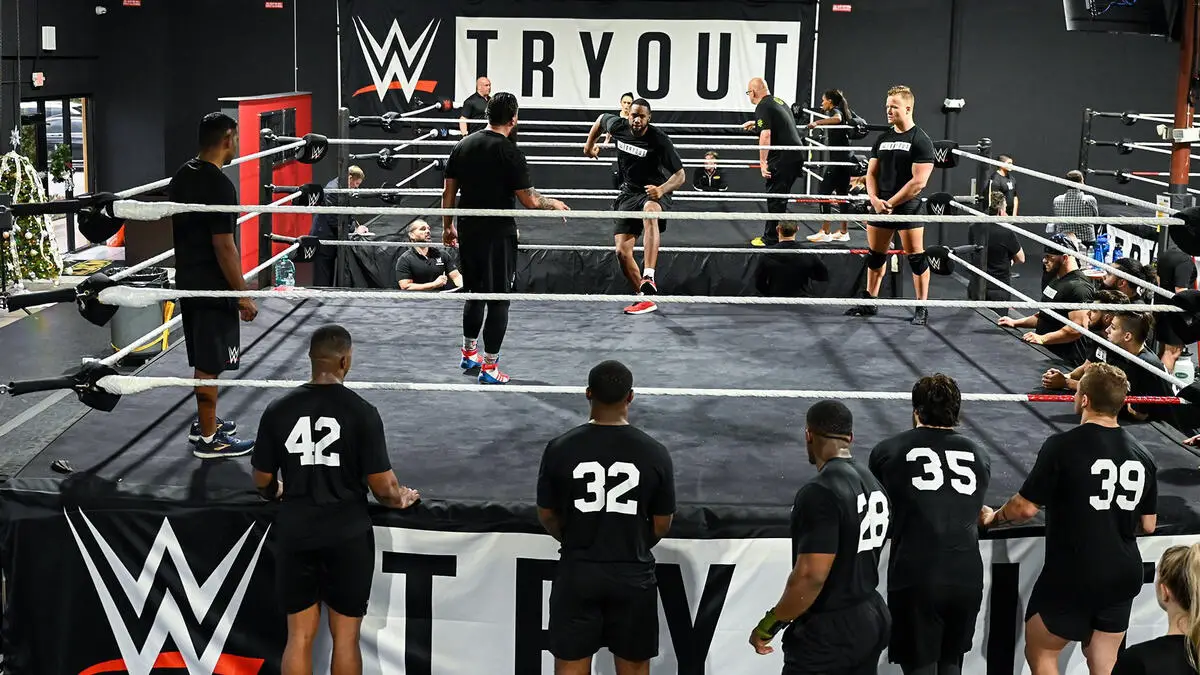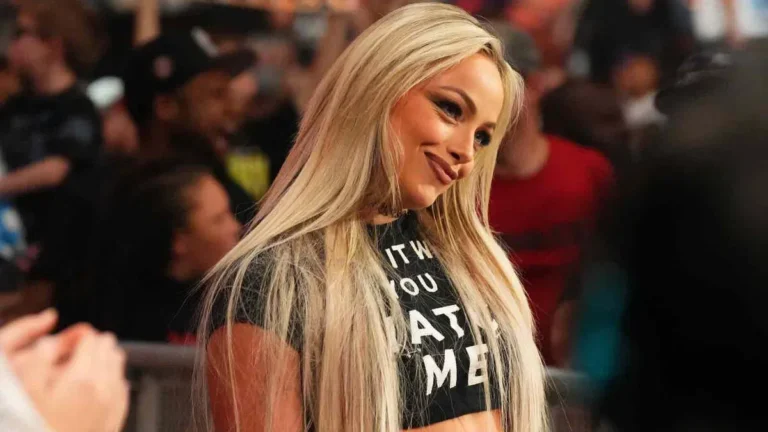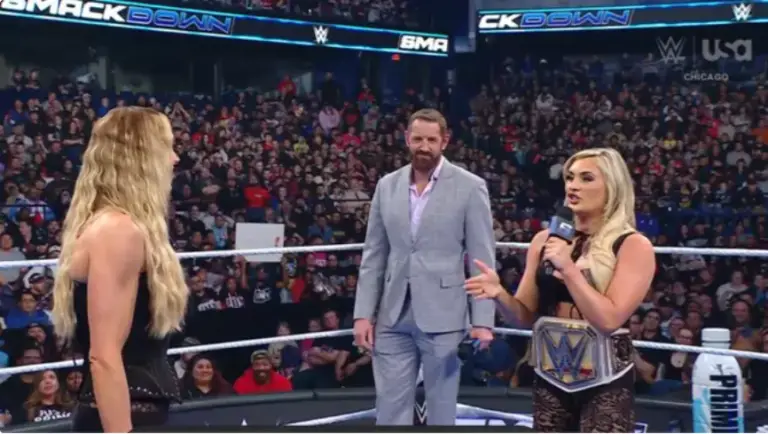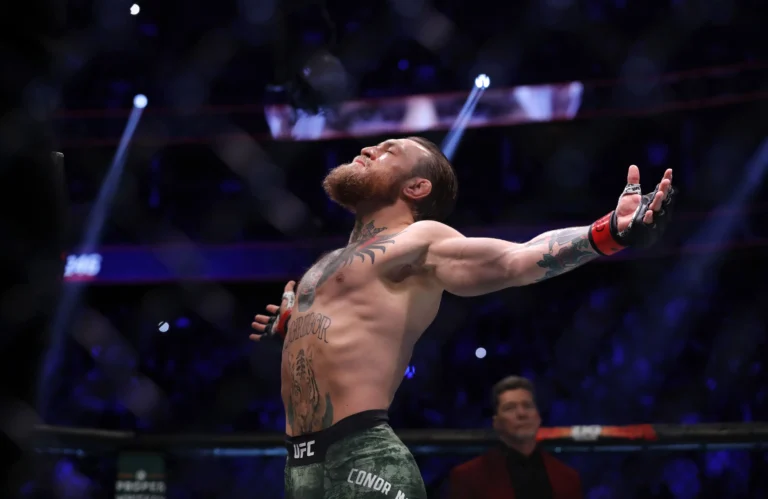Dreaming of becoming a WWE Superstar? It’s not just about lifting weights or performing in the ring.
The journey to WWE stardom comes with significant financial, physical, and emotional investments. From training fees to maintaining an image, every step demands commitment—and money.
Keep scrolling to learn the behind-the-sene secrets….
Wrestling School: Where It All Begins
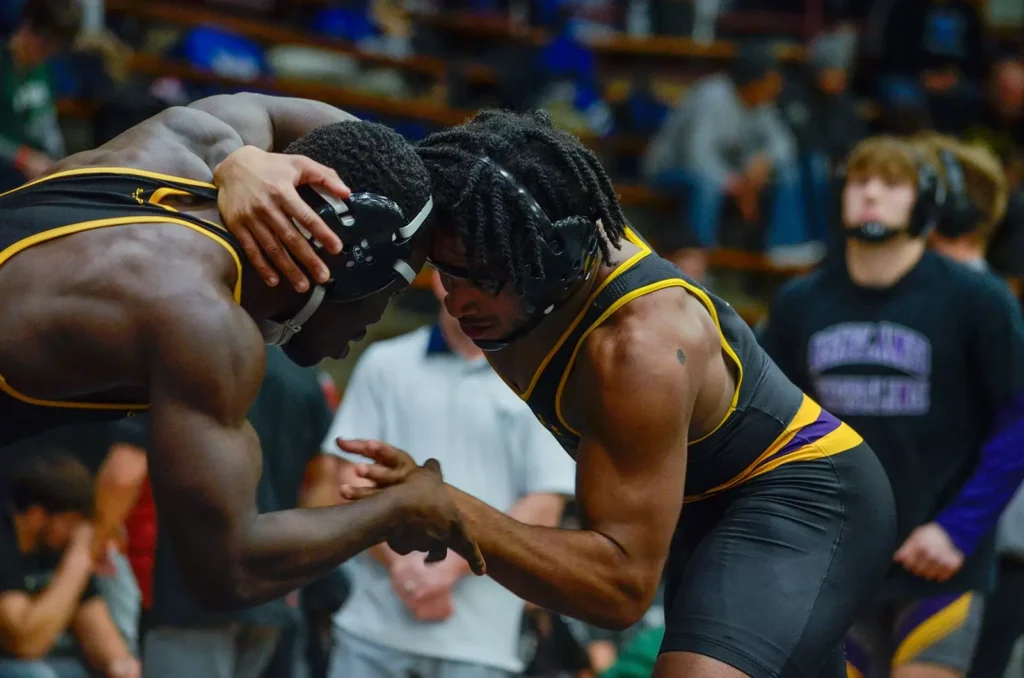
The journey often starts with wrestling schools, where aspiring talents learn the basics.
Tuition fees can range from $2,000 to $5,000 for a full program, depending on the reputation of the school and the trainers. Some elite academies charge even more for advanced instruction.
But that’s not all!
Beyond tuition, there are hidden expenses. Travel costs to attend classes, meals during training sessions, and gear for practice add up quickly. Attending a school like the Monster Factory or Ohio Valley Wrestling (OVW) could mean relocating entirely, adding housing costs to the bill.
Maintaining Physical Fitness
Physical fitness is non-negotiable for wrestlers.
The fitness mandates involve regular gym memberships, personal trainers, and specialized diets. Gym fees can range from $50 to $200 monthly, depending on the facilities. Wrestlers often hire trainers for tailored workout routines, which can cost hundreds per session.
Nutrition is another significant expense.
Wrestlers consume high-protein diets, often supplemented by meal plans or protein powders.
A wrestler might spend over $500 monthly on food alone. Supplements essential for muscle recovery and performance can cost another $100 to $300 monthly.
Wrestling Gear and Appearance
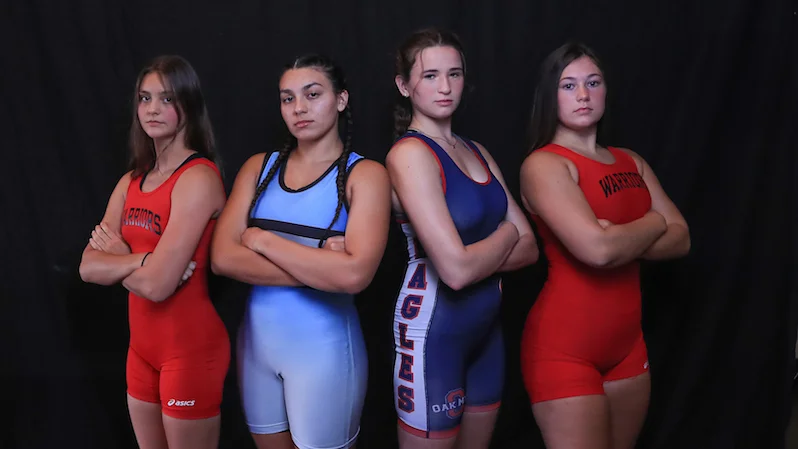
Every wrestler needs gear to establish their persona.
Custom outfits, boots, and accessories are essential for standing out. High-quality wrestling boots can cost $300 or more. Custom-designed costumes often cost upwards of $1,000, depending on complexity and materials.
Beyond gear, maintaining an image is crucial.
Wrestlers spend on hair styling, makeup, and skincare to look camera-ready. These recurring expenses can add up, especially for those on the independent circuit trying to catch WWE’s attention.
Traveling for Opportunities
Before signing with WWE, wrestlers often work for independent promotions to gain experience and build a reputation.
This means constant travel to perform in different cities or even countries. Travel expenses include flights, gas, rental cars, and accommodations.
Independent promotions rarely cover these costs. Wrestlers may earn as little as $50 to $100 per match, making it difficult to offset their travel expenses.
Some performers drive for hours, sleep in cars, or split costs with other wrestlers just to make ends meet.
Marketing and Branding
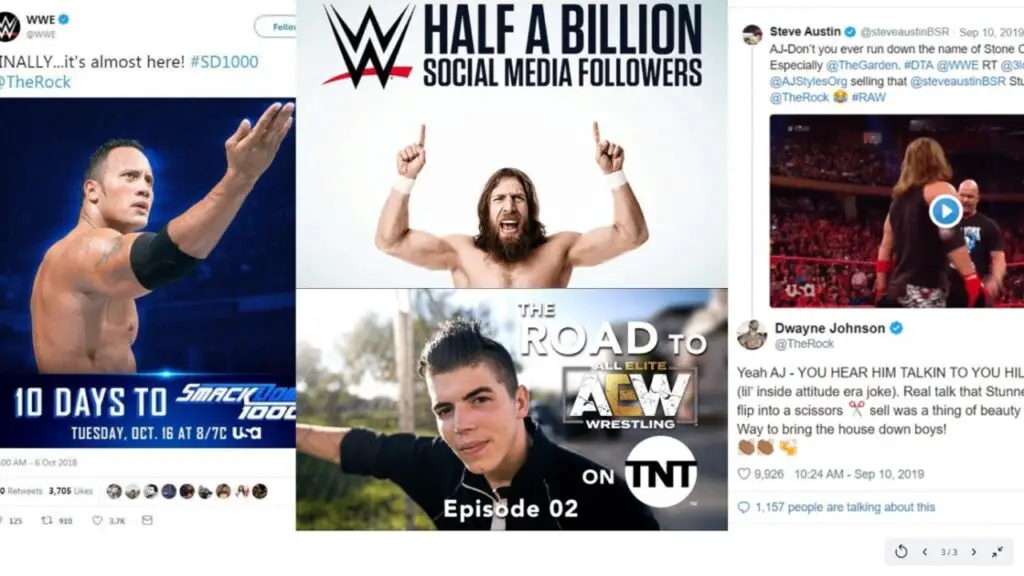
Becoming a standout performer requires building a personal brand.
Wrestlers invest in promotional materials like headshots, video reels, and social media campaigns. Professional headshots alone can cost $200 to $500.
Editing video reels for auditions or promotional use might cost several hundred more.
Social media is a powerful tool for gaining visibility. Wrestlers often hire professionals to manage their accounts or design engaging content.
These services can cost hundreds per month but are crucial for staying relevant in a competitive industry.
Medical Expenses
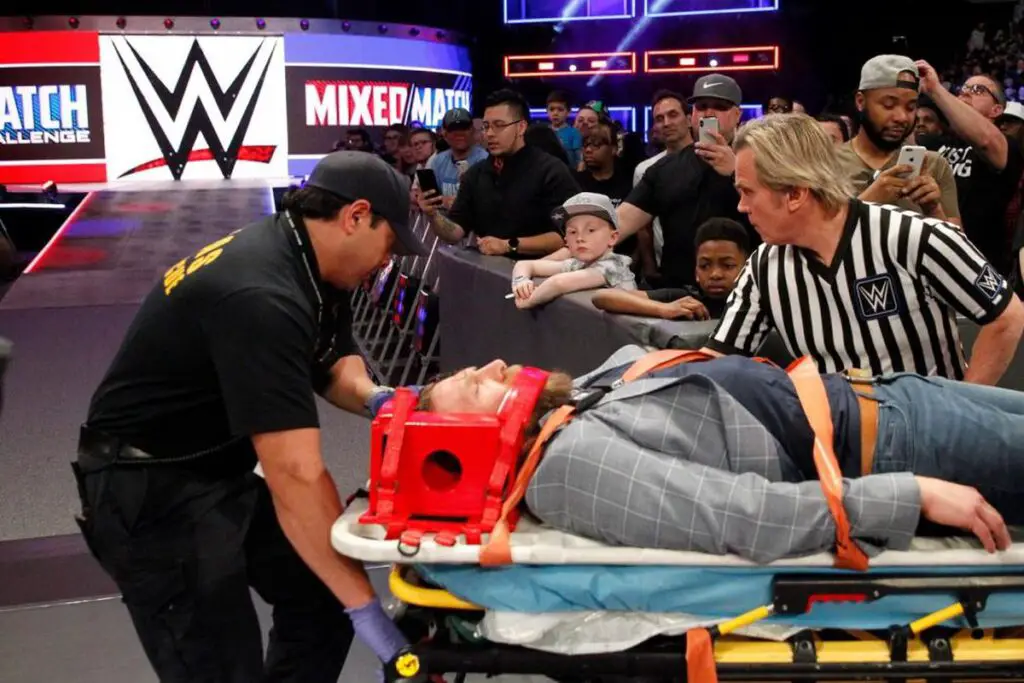
Wrestling takes a toll on the body.
Injuries are common, and medical expenses pile up quickly. Many aspiring wrestlers don’t have access to health insurance, making even minor injuries a significant financial burden.
From chiropractor visits to physiotherapy, maintaining physical health is expensive. Sessions with a chiropractor can cost $75 to $200 each, and physical therapy for injury recovery might cost several hundred dollars monthly.
Wrestlers often rely on out-of-pocket payments to heal injuries and revive.
Wrestling Camps and Seminars
To improve their skills and network with industry insiders, wrestlers attend specialized camps and seminars.
These programs provide advanced training and opportunities to connect with promoters. However, they come with hefty price tags.
A week-long wrestling camp can cost anywhere from $1,000 to $3,000, excluding travel and lodging. While these events are invaluable for exposure, they significantly increase the overall cost of pursuing a wrestling career.
Independent Circuit Struggles
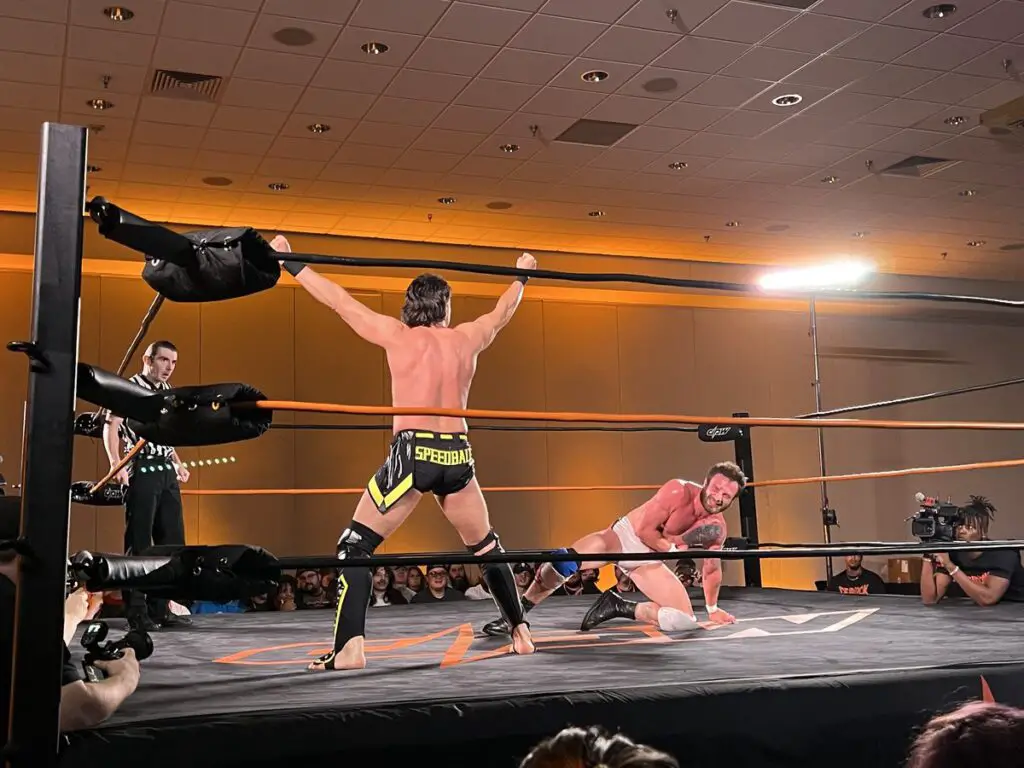
Most WWE stars start on the independent circuit, where earnings are meager.
Wrestlers often work day jobs to fund their passion. Balancing regular work with training and traveling leaves little room for rest, adding to the physical and emotional strain.
The independent scene also requires self-promotion.
Wrestlers often print their own merchandise to sell at shows, which involves upfront costs for T-shirts, posters, and other items. These expenses are necessary to make a name for themselves, but profits are minimal early on.
The Cost of Time
While financial expenses are obvious, time is another cost that aspiring wrestlers pay. It takes years of practice, dedication, and sacrifice to develop the skills needed to stand out.
Many wrestlers spend five to ten years in smaller promotions before even being noticed by WWE.
The time invested often comes at the cost of personal relationships, stability, and other career opportunities.
Wrestlers give up vacations, miss family events, and live unpredictable lives in pursuit of their dreams.
WWE Tryouts: The Gateway to Opportunity
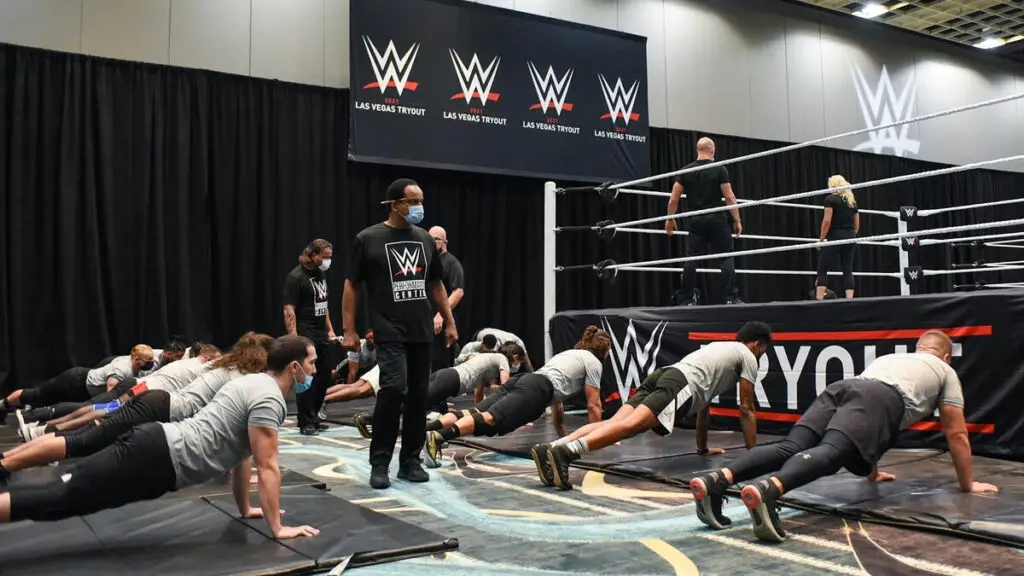
Even reaching a WWE tryout involves costs.
Invitations are rare, but the process demands readiness. Wrestlers attending tryouts must cover travel, lodging, and food expenses themselves. Tryouts are physically intense, requiring peak fitness and mental preparation.
If successful, the next step might be a developmental contract with WWE!
However, these contracts don’t offer immediate financial security.
Developmental talent earns modest salaries compared to main-roster stars, making financial discipline crucial during the early stages.
Emotional Costs and Sacrifices
The emotional strain of chasing WWE stardom can’t be ignored!
Rejection is common, and competition is fierce. Aspiring wrestlers often face self-doubt, financial instability, and physical pain, all while trying to stay motivated.
Support from family and friends can be hard to find, especially when the lifestyle involves constant travel and unpredictable income.
Wrestlers often endure loneliness and burnout, making mental resilience a part of their journey.
You think it’s easy? Well – not actually.
The Long-Term Payoff
And here comes the joyous part —
Those who make it cherish life-changing rewards.
WWE offers lucrative contracts, global fame, and opportunities to earn through merchandise and endorsements.
Stars like Roman Reigns, Becky Lynch, and Seth Rollins started small but now enjoy financial security and global recognition.
The journey may be costly, but the long-term payoff keeps many wrestlers motivated.
The sacrifices made along the way become part of the story they share with fans, inspiring others to chase their dreams despite challenges.
Long story short, becoming a WWE Superstar demands financial, physical, and emotional investment. From training fees to medical bills and relentless travel, every aspect of the journey comes with a price. The road isn’t easy, but for those who make it, the rewards are worth every sacrifice. Wrestlers prove that dreams are achievable, even when the cost seems insurmountable!
